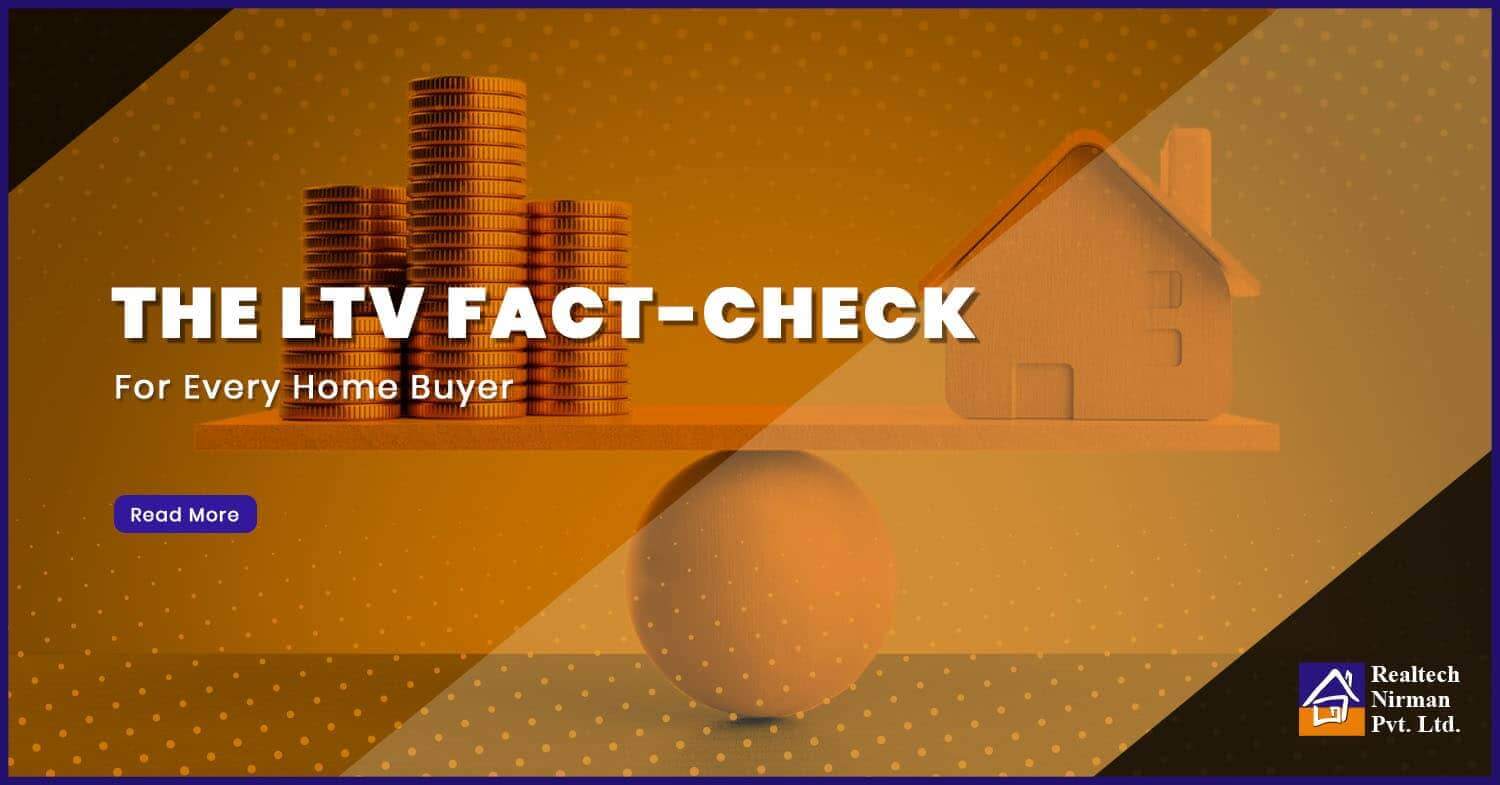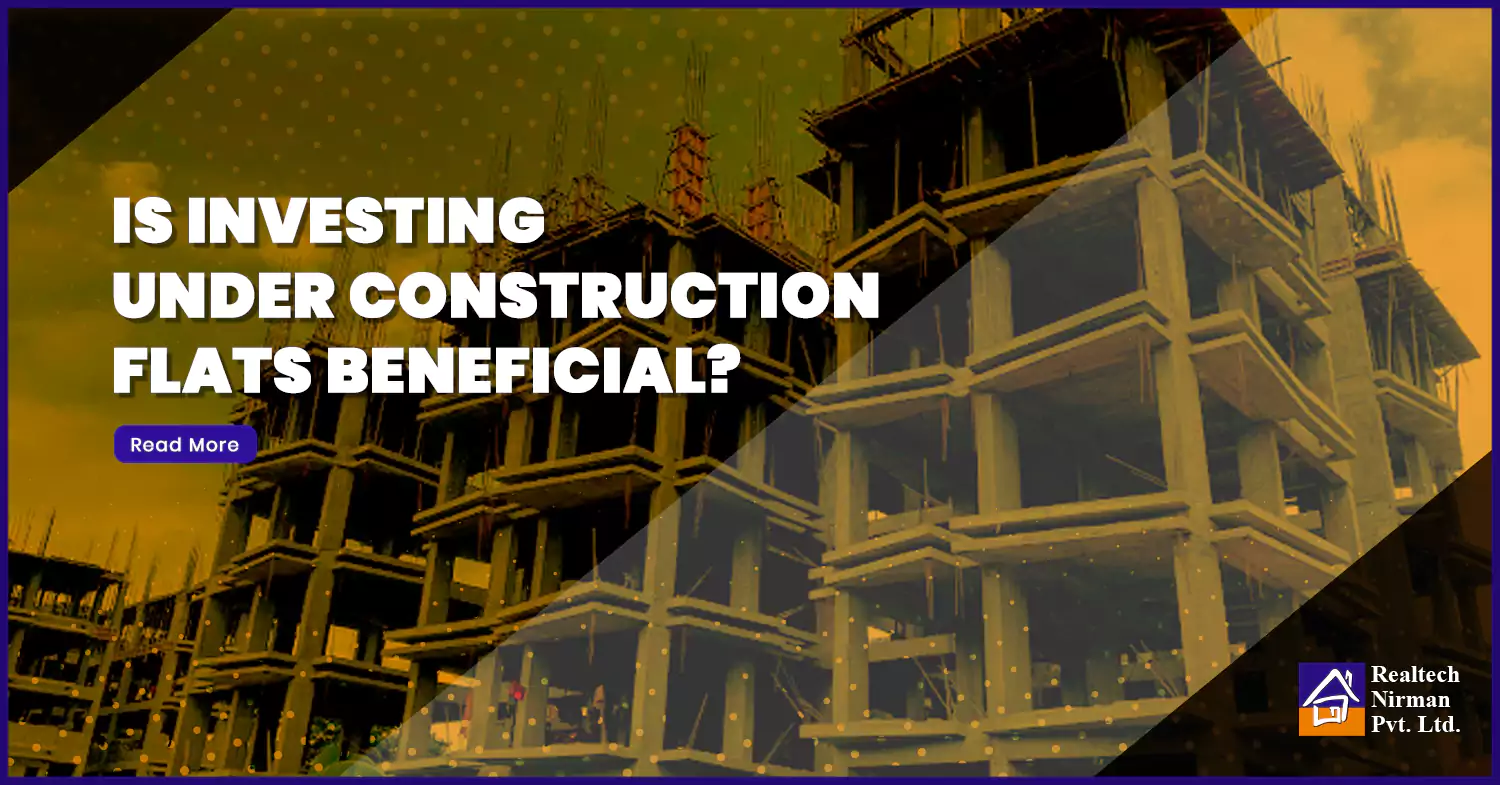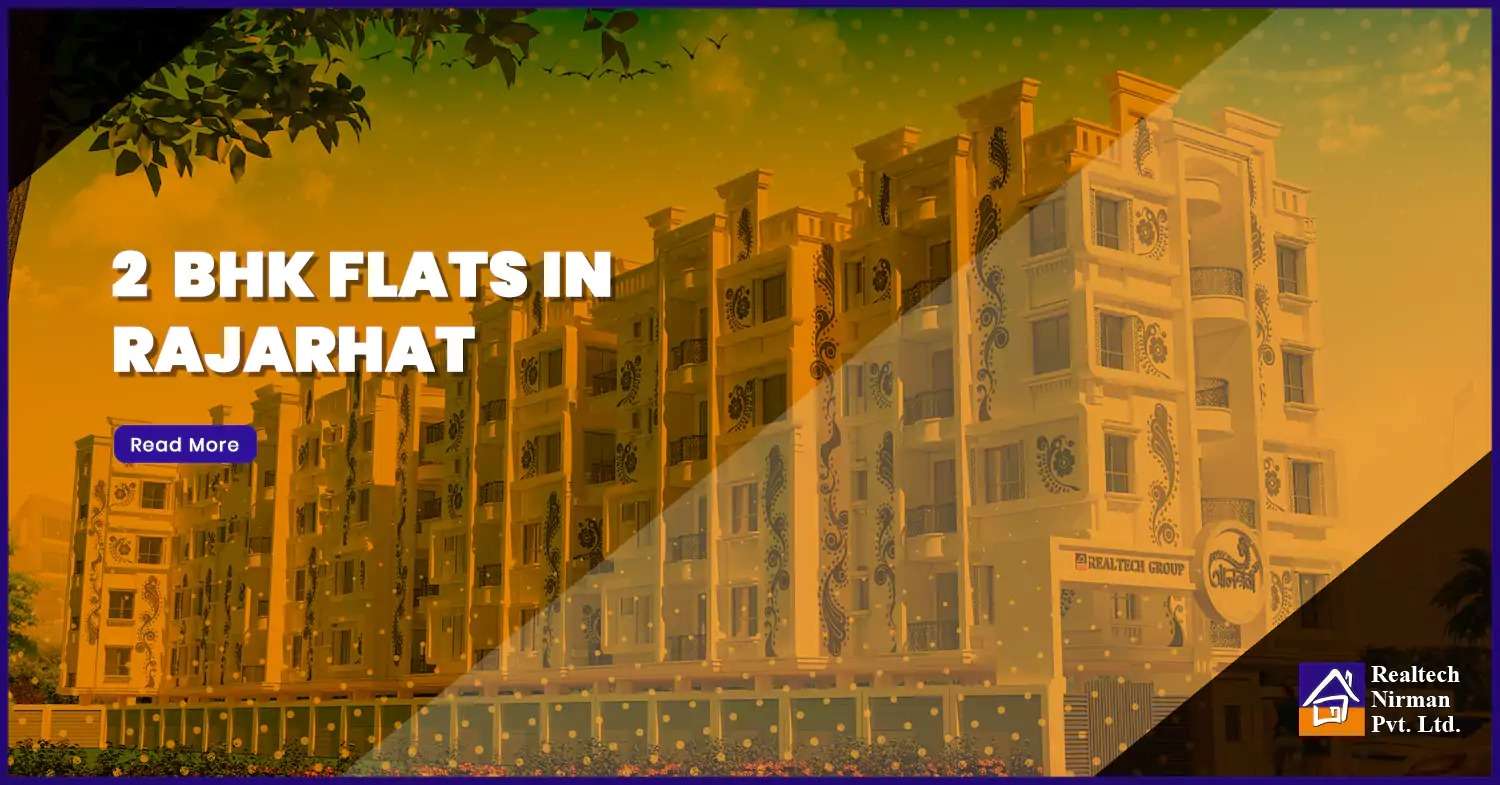For owning your dream Flat in Kolkata, getting an adequate home loan turns essential, right? Now, amidst various factors determining a home buyer’s home loan eligibility & approval probability, the aspect of the Loan-to-Value or LTV Ratio stays crucial.
Say what? You have heard of this term but not much of an idea about what is it. Worry not, since right here we present-
An Expert Insight Into LTV Ratio For Housing Loan
#1 The Core Idea
A home-buying loan from any bank or financial institution does not amount to the full value of the property you plan to buy. And, right in here, the LTV idea emerges as essential.
Loan to Value Ratio implies the percentage of the property value, the lending institution will finance through the loan. The remaining cost of the property must be self-financed by you, the home-buyer. Typically, banks & lending bodies inspect the LTV ratio before approving a home loan to make sure that they are not lending an amount higher than a house or apartment’s actual cost.
#2 Way To Calculate
Always expressed in percentage, the LTV ratio is determined through:
Dividing the loan amount to the property value.
The accredited formula to calculate appears:
LTV ratio = Borrowed loan amount/home value x 100
Note that, lenders always prefer approving home loans to buyers opting for lower LTV ratios; since a reduced LTV ratio minimizes credit risk for lending organizations.
Thereupon, try going for a low ltv ratio for housing loan, to thus increase own loan eligibility in essence.
Some home loan lenders also offer lower interest rates to applicants opting for lower LTV ratios.
A reduced LTV ratio can also aid a home buyer in gaining lower interest rates. Inherently, a low Loan-To-Value Ratio equals a low loan amount, which in effect, cuts down the overall interest cost for you.
To highlight here, SBI is one Indian bank that determines home loan interest rates based on the LTV ratio primarily.
#3 The RBI Criterion
A must-dose of knowledge for home buyers to realize the LTV mark based upon their individual home loan needs.
As per the standard set by the Reserve bank of India, authorized banks & lending firms can offer:
‣ LTV of up to 80%: For home loans between Rs. 30 lakhs and Rs. 75 lakhs
‣ LTV of up to 75%: For home loans above Rs. 75 lakhs
This being the general ground rule, however-
⁌ 90% LTV ratio also stays available if your desired Kolkata flat is worth less than Rs 30 lakhs – the objective here is the promotion of affordable housing for every Indian.
⁌ Moreover, if your lending bank or institution is a collaborator in the project you have chosen, you get auto-approval for a much higher Loan-To-Value ratio.
#4 The Ideal Range
What’s the best ltv ratio? Reading till now, is this the question giving your mind a knock? Well, get aware more than knowing the ideal or best percentage, the necessity is to know the exact quotient of LTV you can gain.
And, that is primarily determined by-
The interest rate offered on the home loan scheme a home buyer is pursuing.
Considering that proportion, you can then decide whether to opt for a higher or a lower LTV. If the interest rate prevails on a higher mark, loan experts advise choosing a smaller home loan amount, in relation to a larger down payment.
A good-enough down payment lowers your LTV & resultantly you save money on the interest and EMI, along with a reduced loan tenure.
Thereby, prior to applying for a home loan make a thorough analysis of your current & upcoming financial condition.
Feeling enlightened? What next? To finalize a Flat in Kolkata that will become the home sweet home for you & family forever?
Wait not to get in touch with Team Realtech. We await to cater dream homes to all.






